Project
Urban vibrations:
how physical waves come to matter in contemporary urbanism (Wavematters)

This project addresses the physical waves that invisibly cross and fill the urban built environment affecting bodies — human and nonhuman — in harmful and uncertain ways. It is interested in how these waves disturb, interfere, and generate conditions for thinking urban life in other ways through ethnographic methods. It explores this through four kinds of wave fields: solar radiation and the urban heat island effect; electromagnetic waves, wireless signals and telecommunication infrastructure; soundwaves and noise; and light.
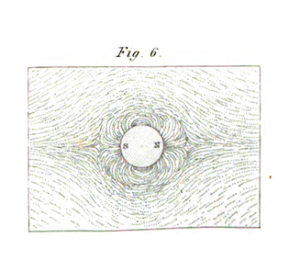
Wavematters is funded by the European Research Council (ERC).
People
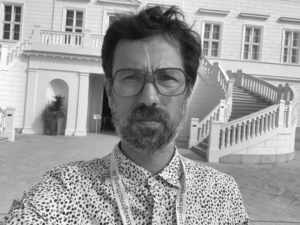
Prof. Ignacio Farías
Ignacio Farías (Principal Investigator) is Professor of Urban Anthropology at Humboldt University, where he also directs the Georg Simmel Centre for Urban Studies and co-directs the Stadtlabor for Multimodal Anthropology. He is currently PI of the ERC Consolidator Grant “Urban Vibrations: How physical waves come to matter in contemporary urbanism”. His research interests concern current ecological and infrastructural transformations of cities and the associated epistemic-political challenges to the democratisation of city-making. His recent work explores how (micro)climatological knowledge entered the field of urban planning, how heat, noise and wireless signals come to matter in contemporary urbanism, and how human health and multi-species cohabitation are negotiated in polluted waterfronts. He is also interested in doing urban ethnography as a mode of making cities with others (designers, initiatives, affected groups, policy makers) and by other means (moving from textual to material productions).
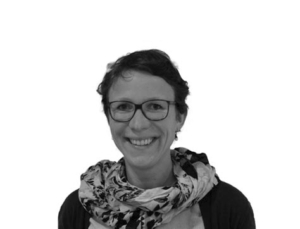
Dr. Nona Schulte-Römer
Nona Schulte-Römer is a social scientist working at the Institute for European Ethnology at Humboldt-Universität zu Berlin. Her research focuses on urban infrastructures and electromagnetic waves in the form of light and mobile communication signals. In her doctoral thesis she has already ethnographically explored LED “revolution” in urban public lighting (Innovating in Public, 2015). As member of the research team of the ERC project WAVEMATTERS she currently examines the transformation to 5G and risk communication about electromagnetic fields, asking how people learn to be affected (or not) by invisible wireless telecommunications signals. Nona is lead author of the open access e-publication Light Pollution—A Global Discussion (2018) and part of a citizen science collective documenting artificial light emissions in public spaces.
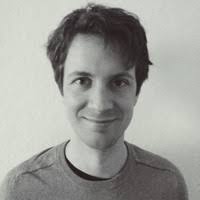
Dr. Brett Mommersteeg
Brett Mommersteeg is a postdoc at the Institute for European Ethnology at Humboldt-Universität zu Berlin as a member of the ERC project “Urban Vibrations: How physical waves come to matter in contemporary urbanism”. As part of this project, he studies how noise is shaped through and undoes infrastructure and technoscientific forms of knowing in Paris and how 5G-associated infrastructure, antennas and the spectrum, reshape the city and how they are contested by social groups in the UK. He has recently published a monograph called Variations of a Building (2023) that draws from his PhD dissertation completed at the University of Manchester. His research happens at the intersection of design, infrastructure and technoscience, interested in ambiguous objects, imprecise knowledges, and worlds incomplete.
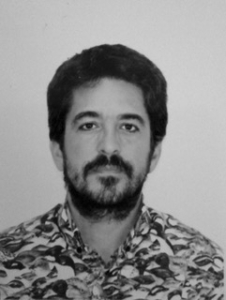
Dr. Jorge Martín Sainz de los Terreros
Jorge Martín Sainz de los Terreros is an architect and urban designer currently working as a public official at the Council of Madrid. He also collaborates as a researcher at the Institute for European Ethnology at Humboldt-Universität zu Berlin. His research particularly engages with questions about issue publics and participation. His doctoral thesis explored how temporary urban spaces could become eventual publics and how that related with everyday practices of care. Most recently, he is focussing on heat and climate change controversies in urban environment and cities. He is a member of the ERC project WAVEMATTERS, and studies the conceptualisation, problematisation and operationalisation of heat in public policies and plans in the city of Madrid.
Affiliated Researchers
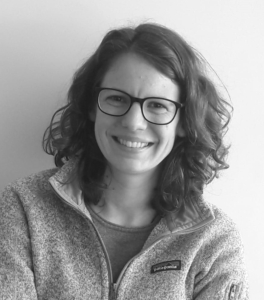
Dr. Elisabeth Luggauer
Elisabeth Luggauer is a cultural anthropologist working at the Department for European Ethnology, Humboldt University of Berlin. Her research emerges mostly from the intersections and frictions between ‘the urban’ and ‘the environmental’. In her PhD project (University of Graz, Austria) Elisabeth explored how humans and stray dogs inhabiting Podgorica (Montenegro) co-make the city as a multispecies everyday space. Associated with the Stadtlabor for Multimodal Anthropology (HU-Berlin) and the ERC project WAVEMATTERS, Elisabeth is focusing on the exposure of multispecies entanglements to urban heat. Her current research project “The Green and the City” approaches urban assemblages from the capitalocenic dynamics of global warming, pays attention to the concepts of urban futures that heat induces or provokes, and researches how green – as entanglements of species and organisms – becomes enacted and acts in such ideas of urban cohabitation.
Student Assistants
Valentin Watermann
Lisa Hoffmann
Leonie Schramm
Newsletter
Contact
Wavematters is a project by
Urban Anthropology · Stadtlabor for Multimodal Anthropology
Humboldt University of Berlin